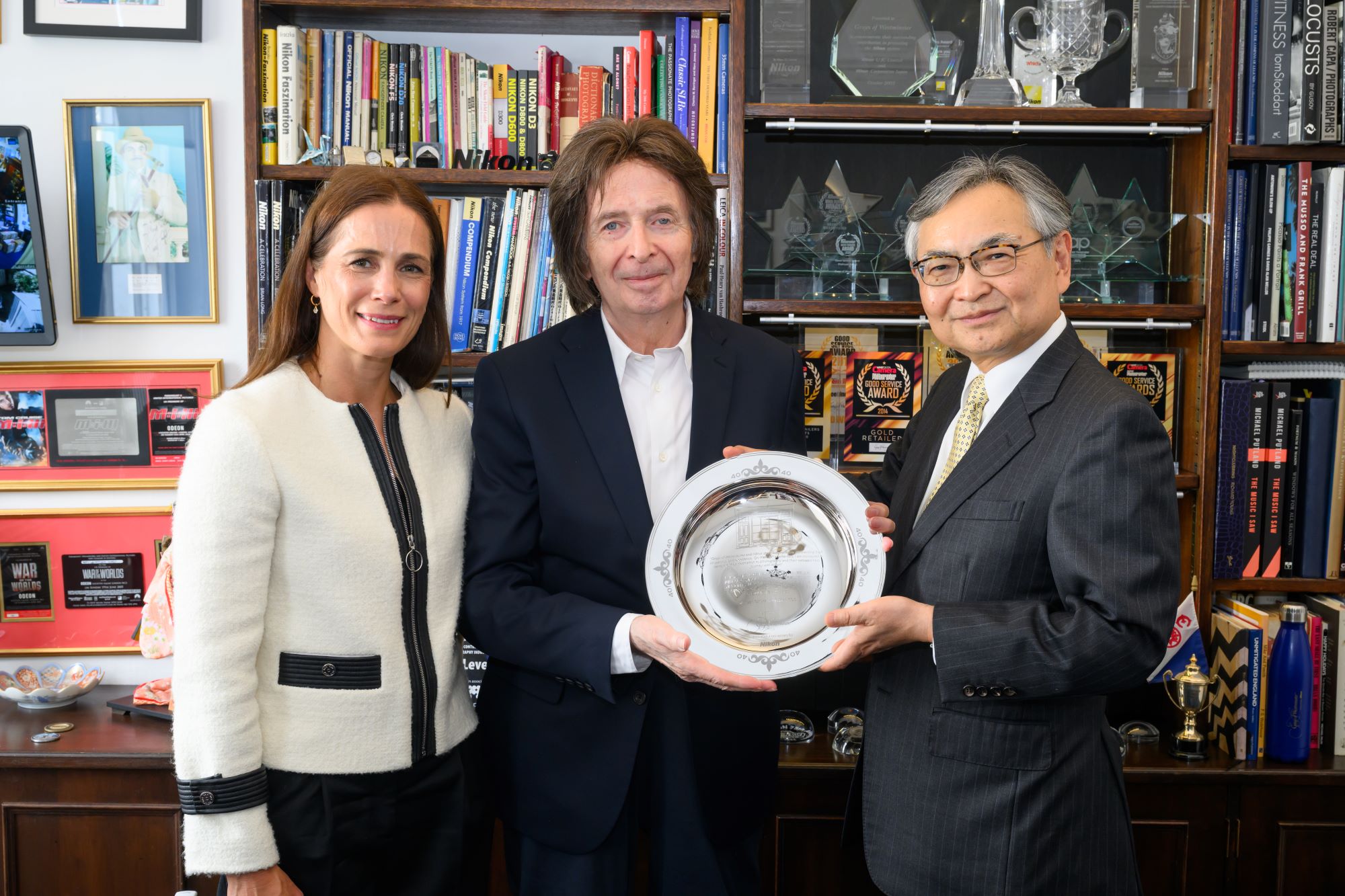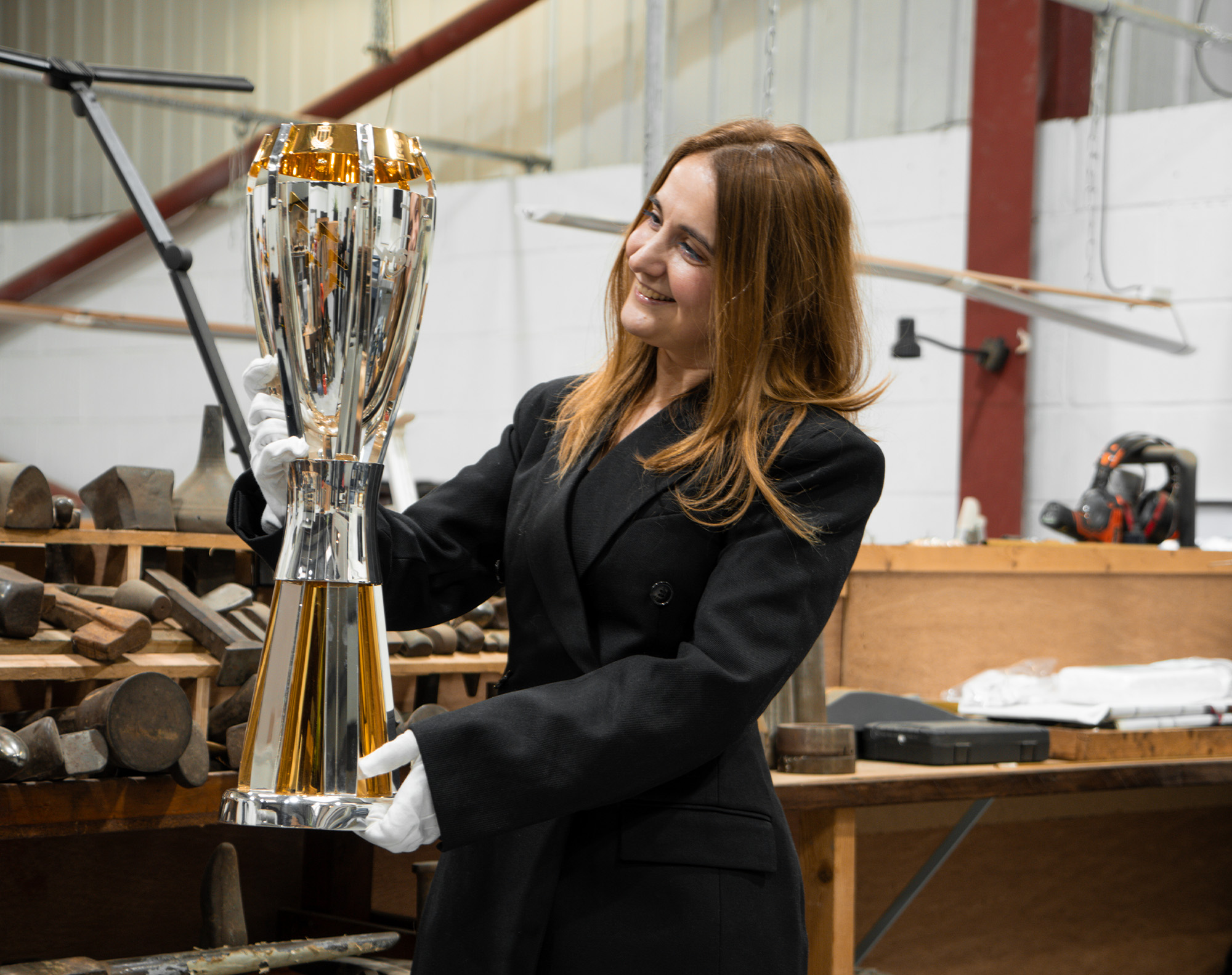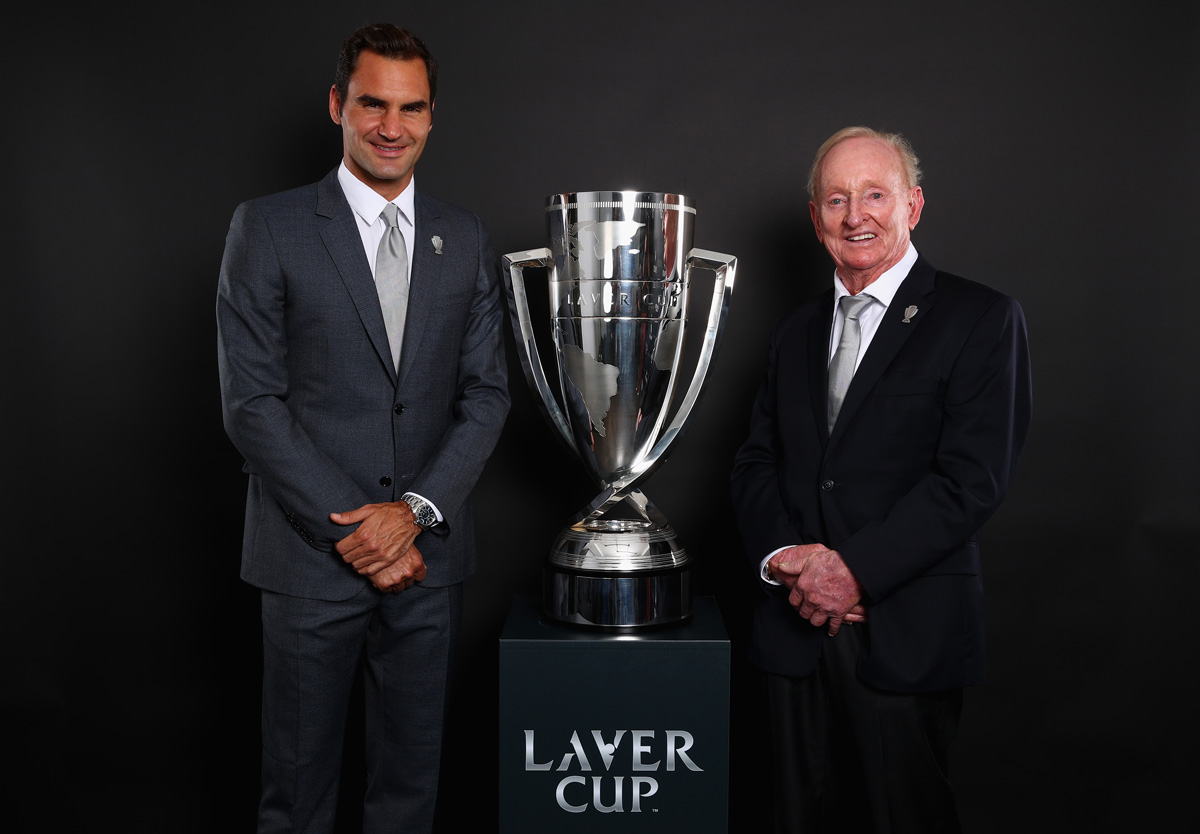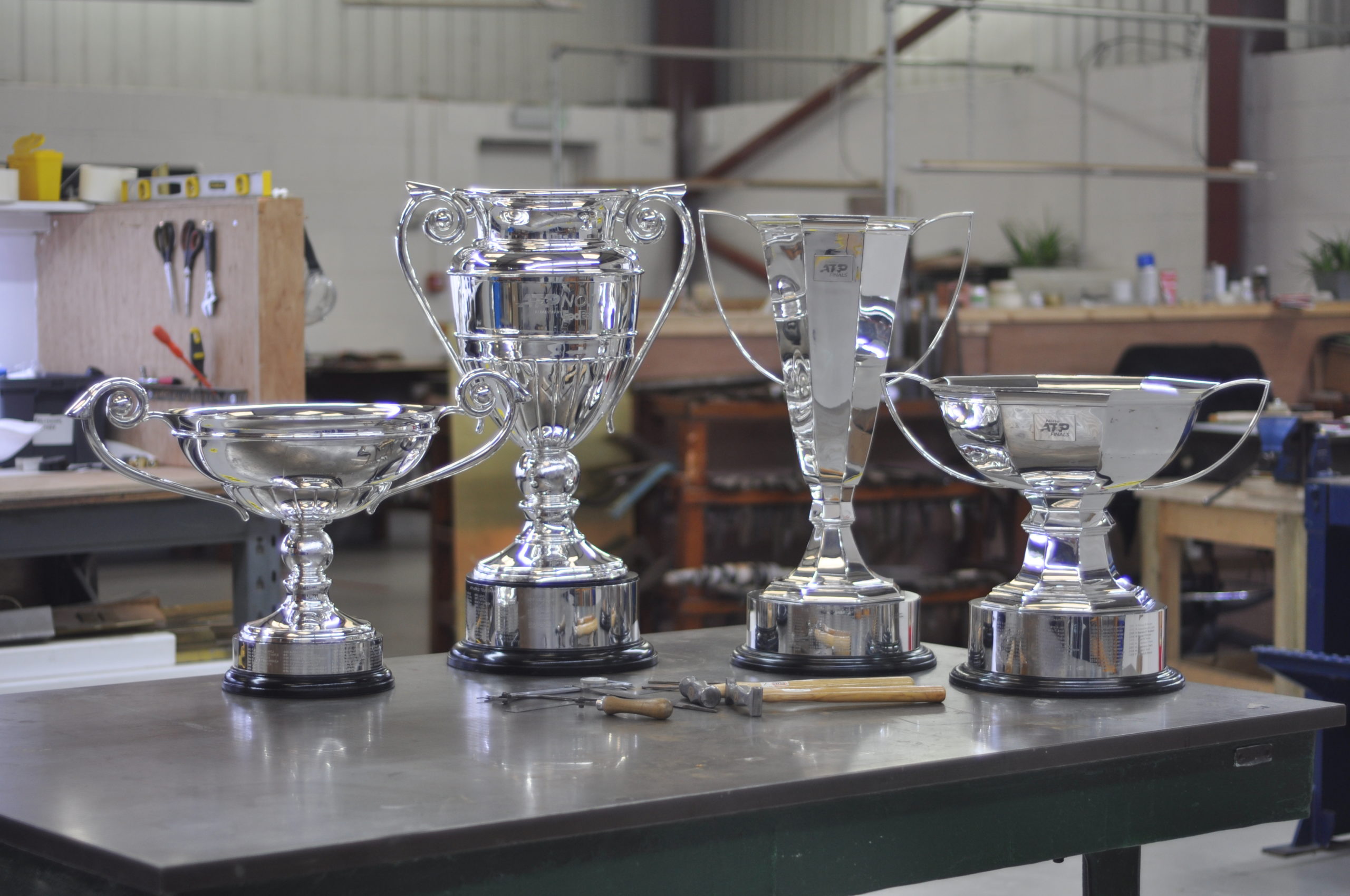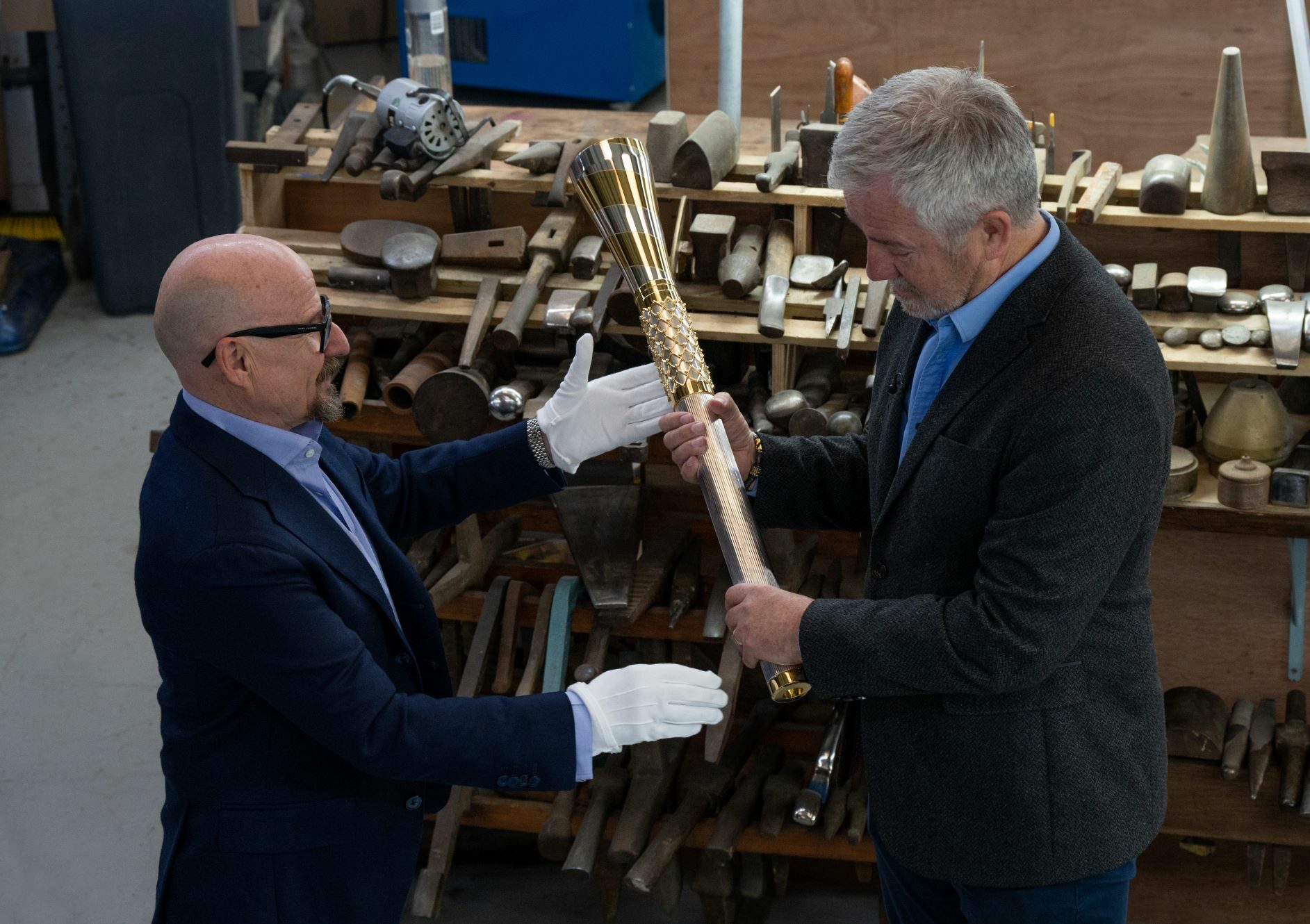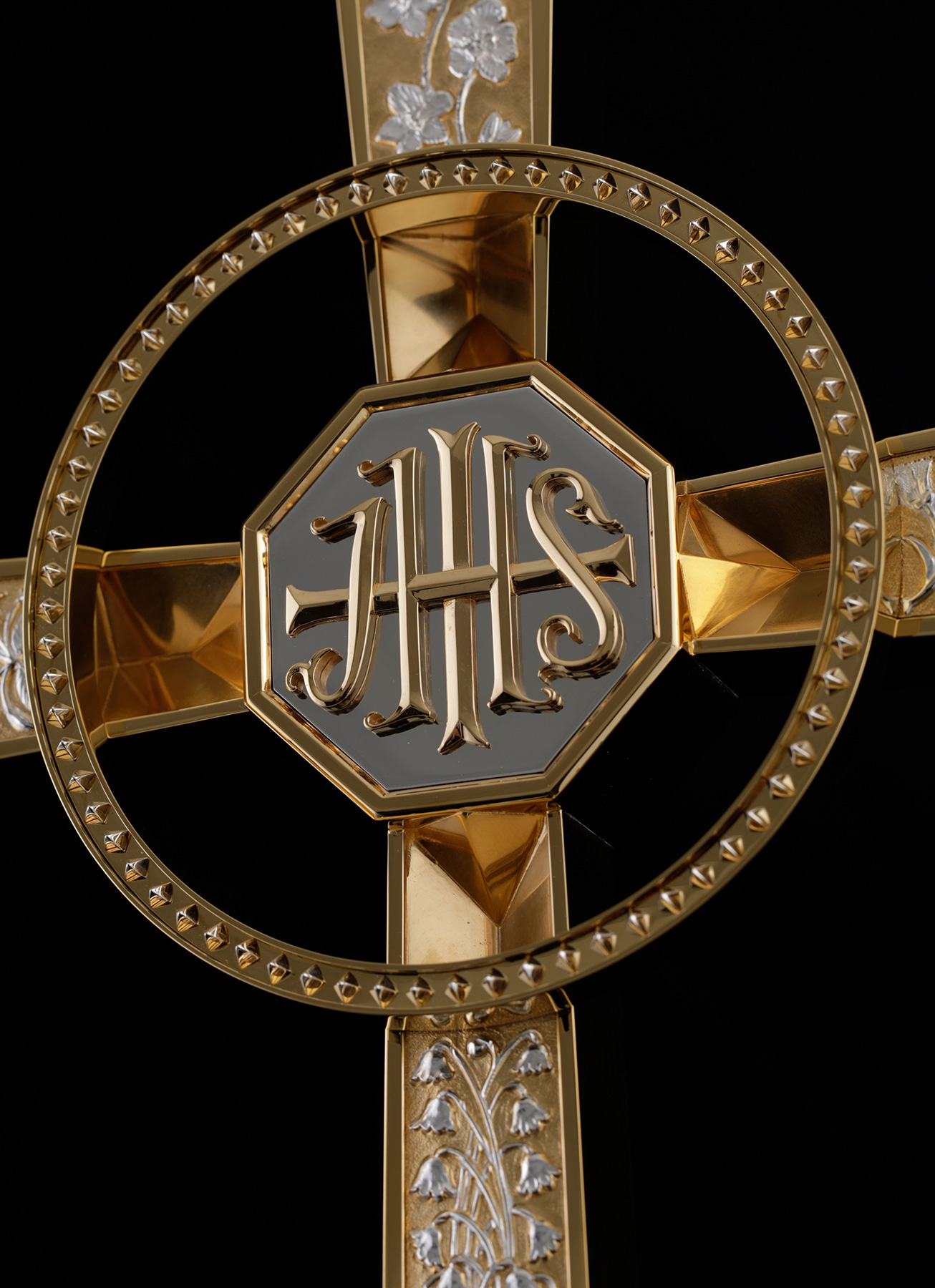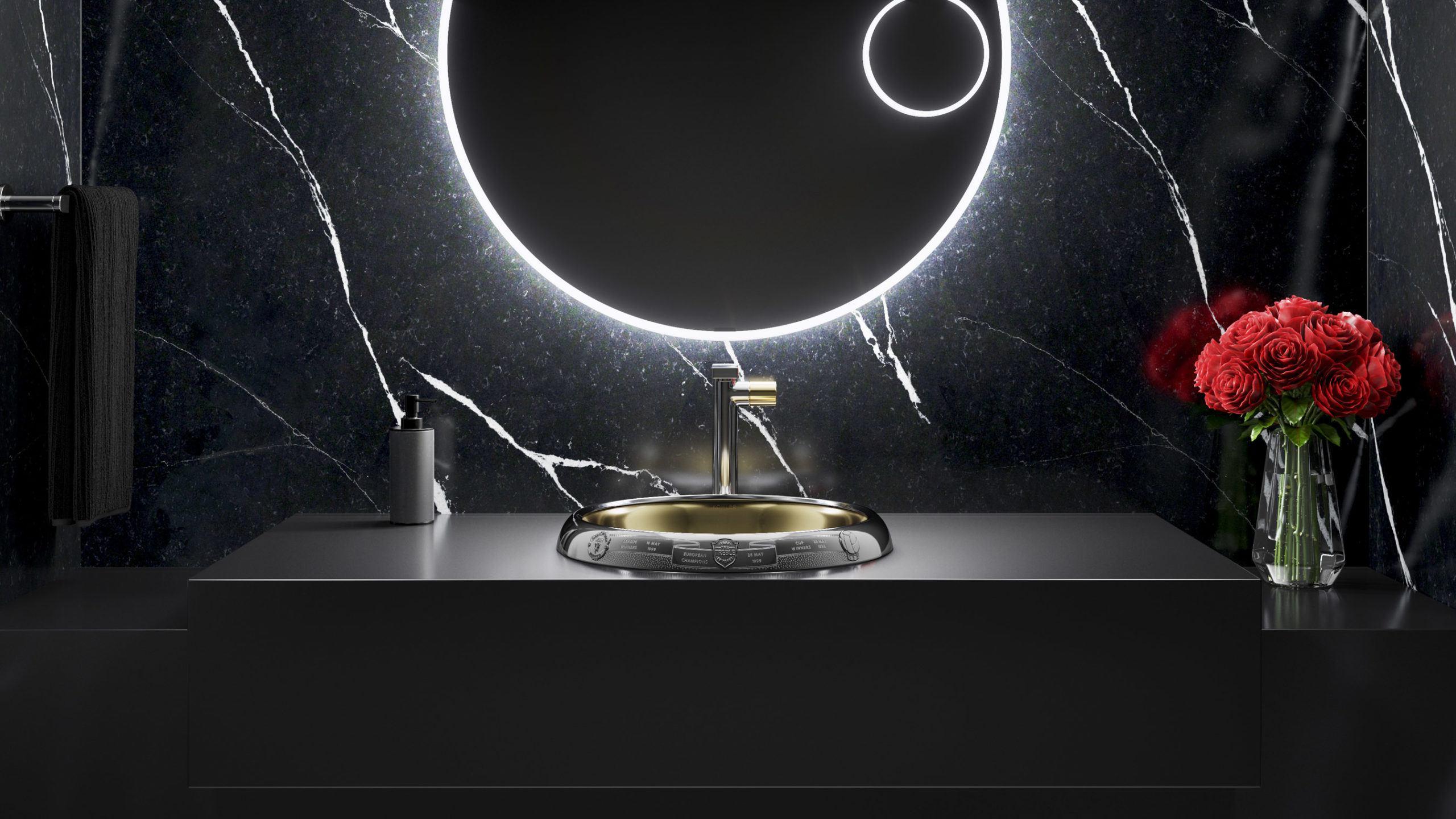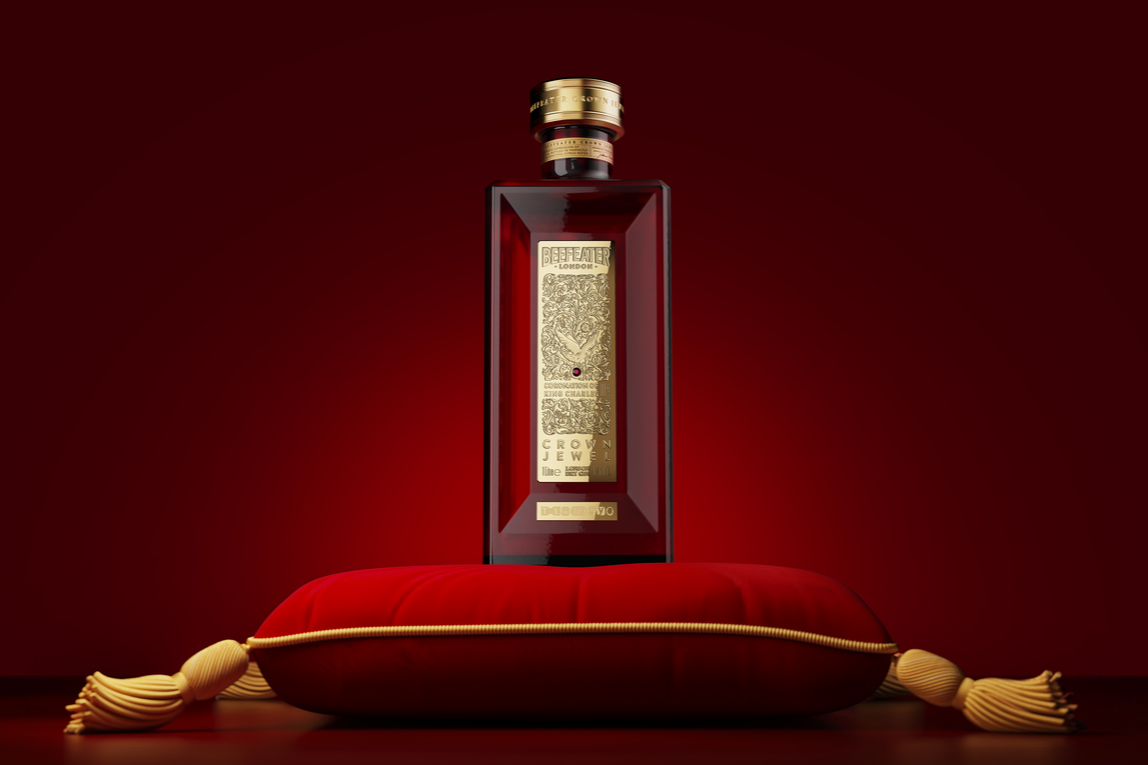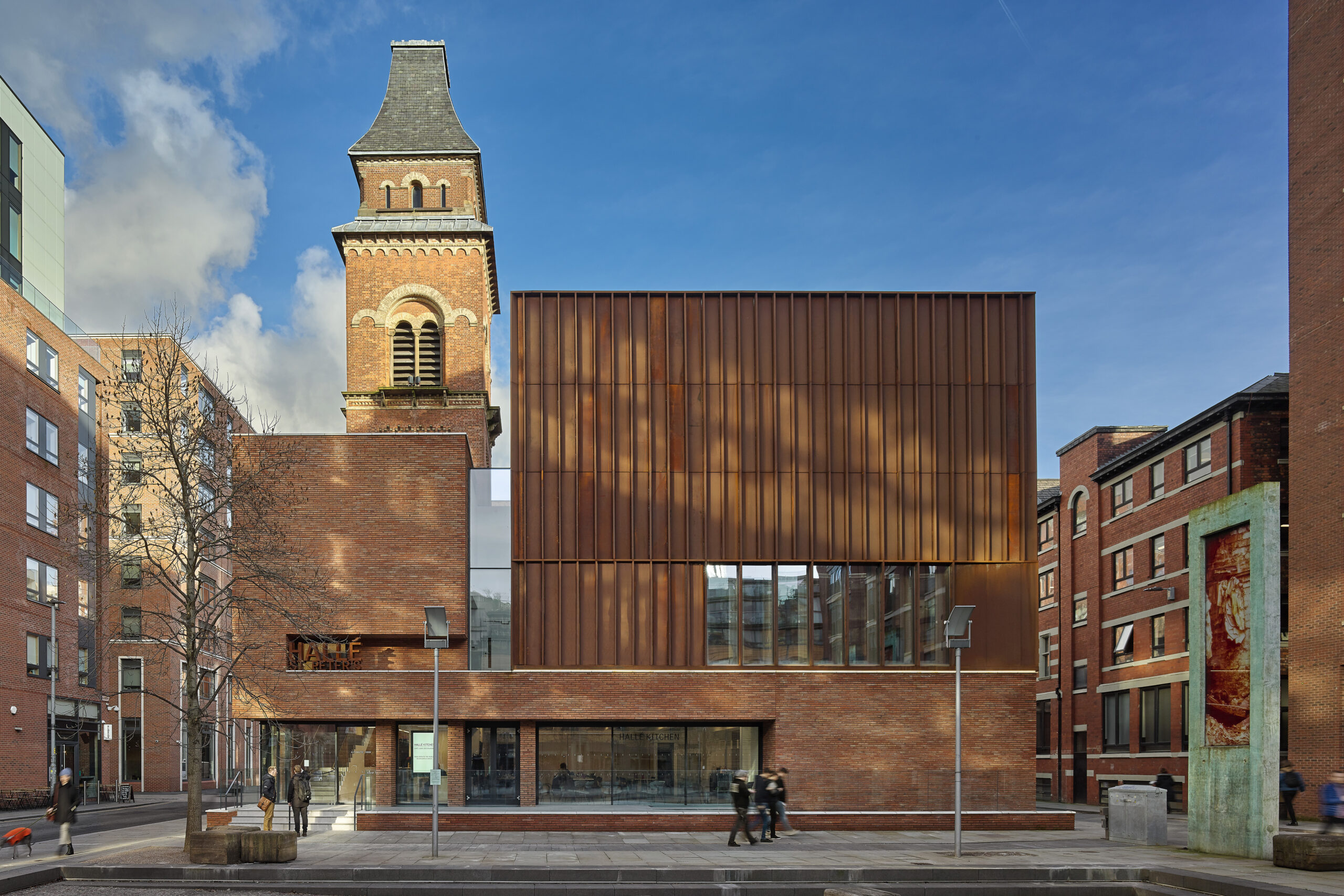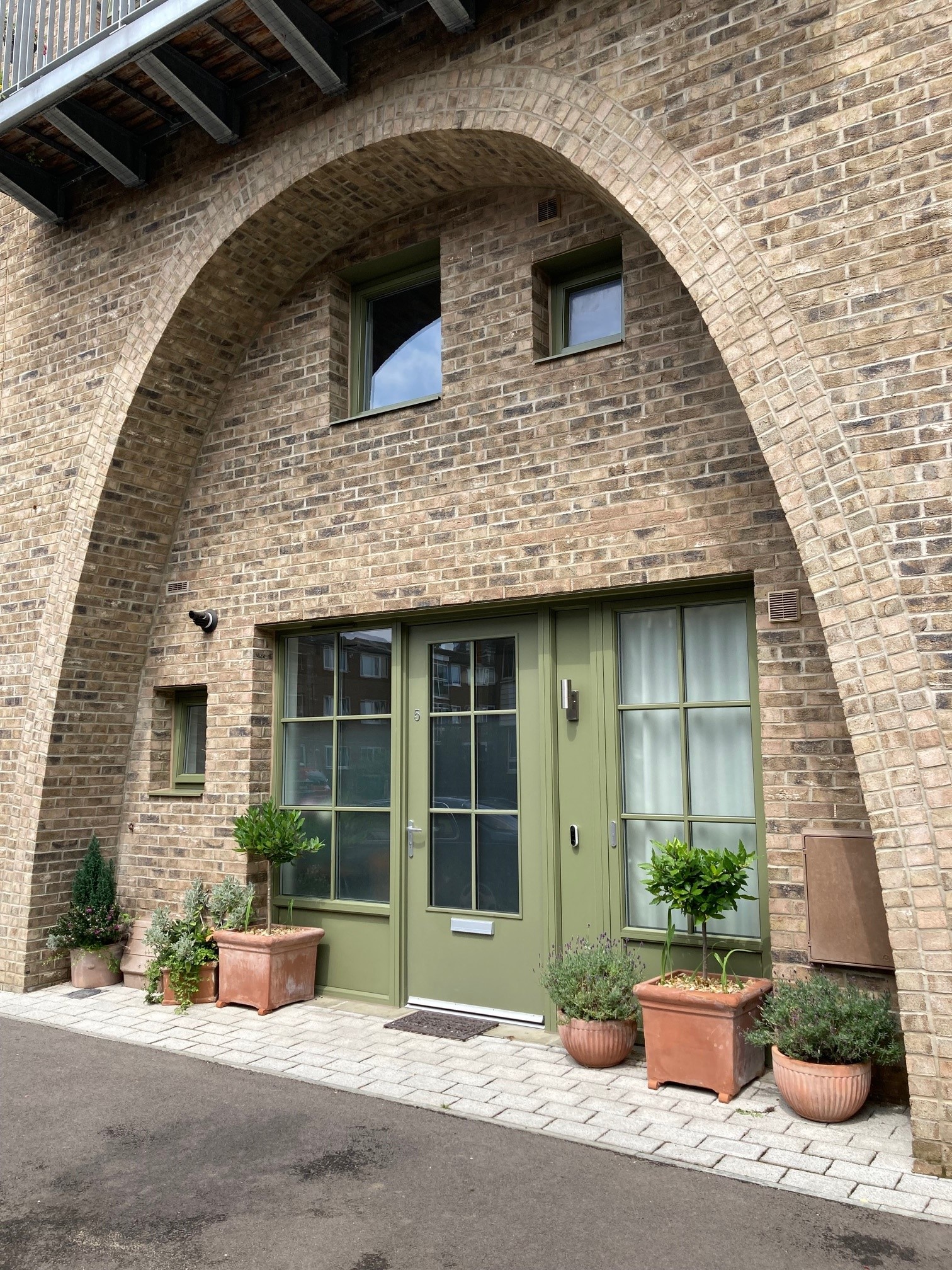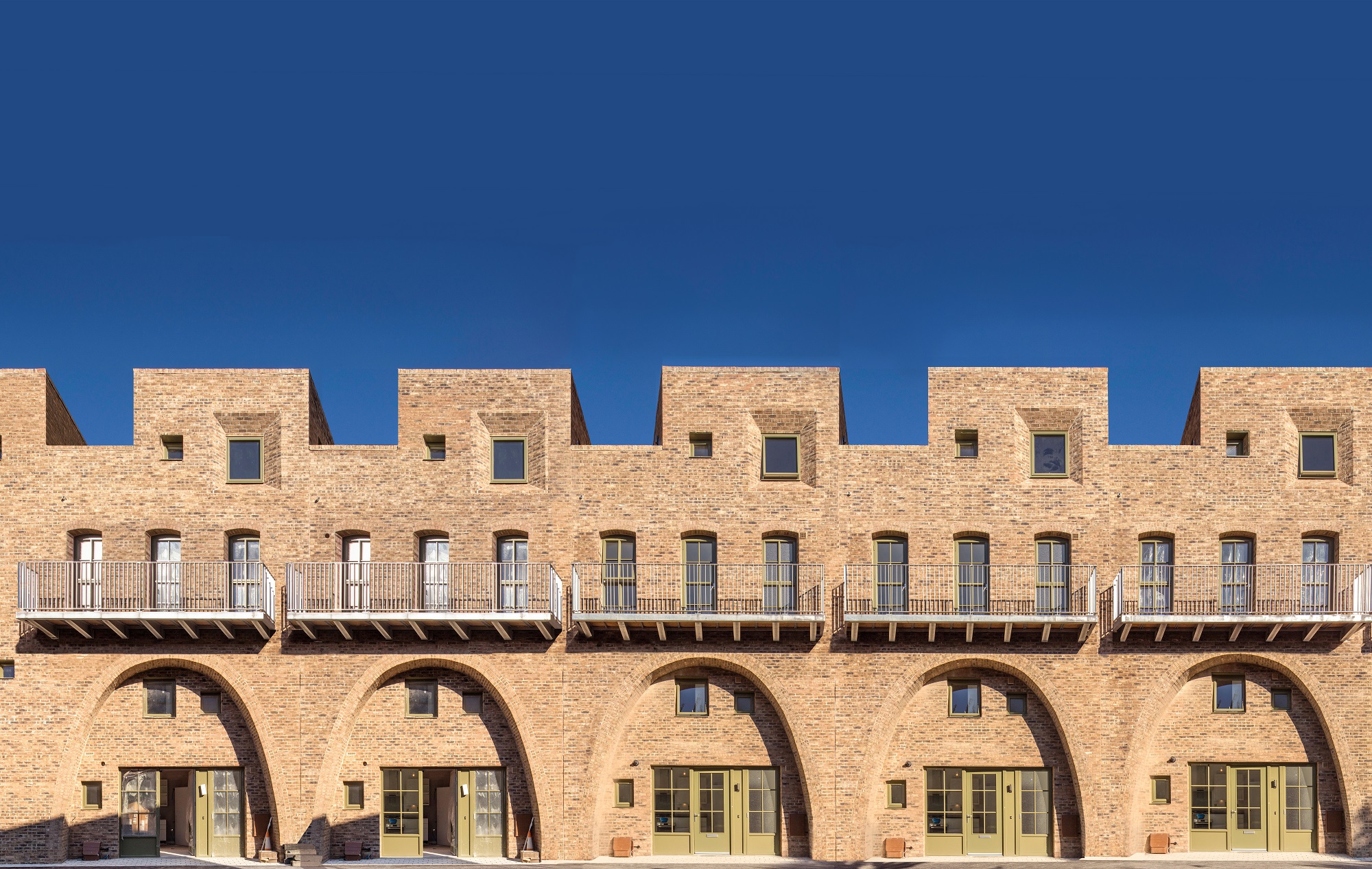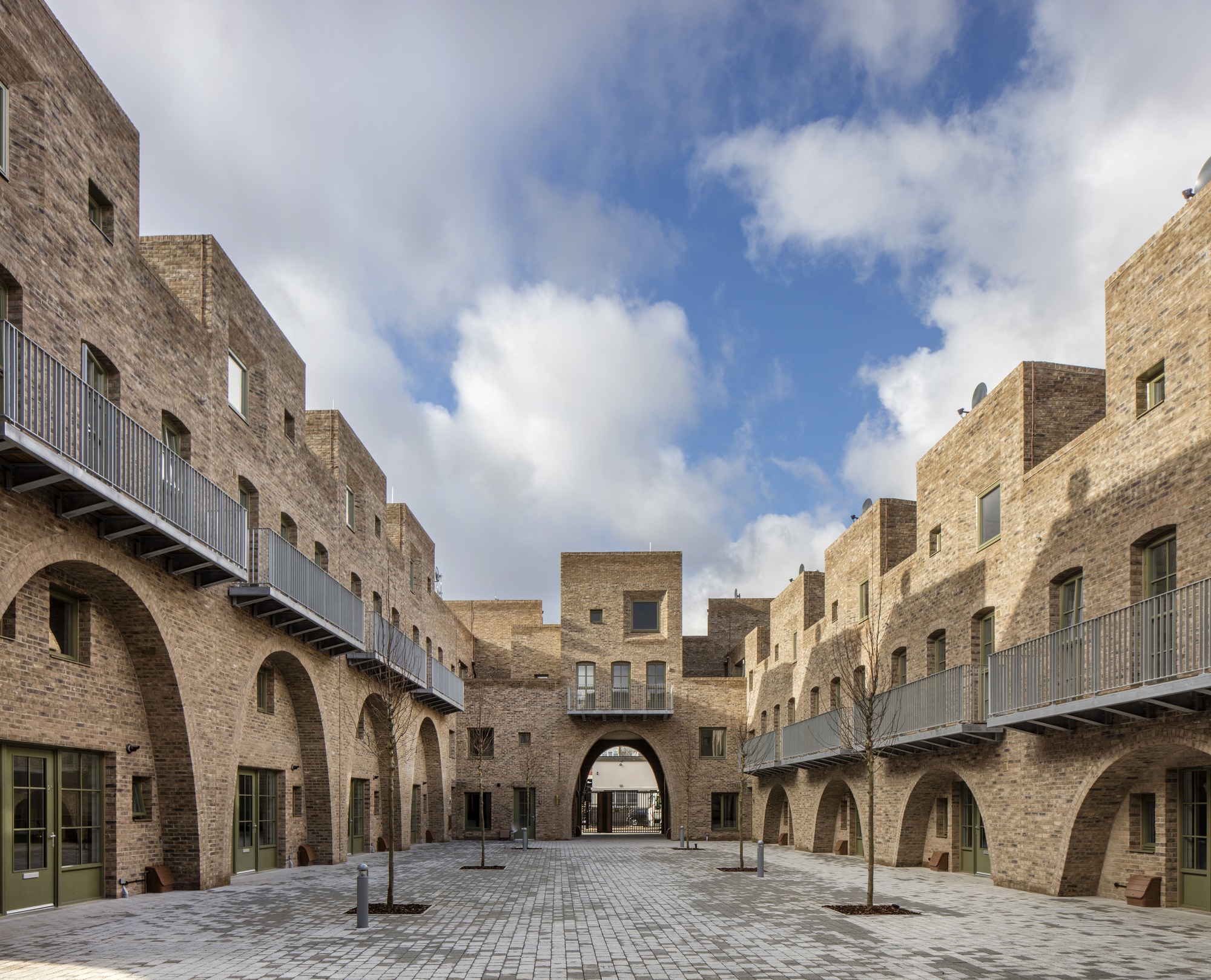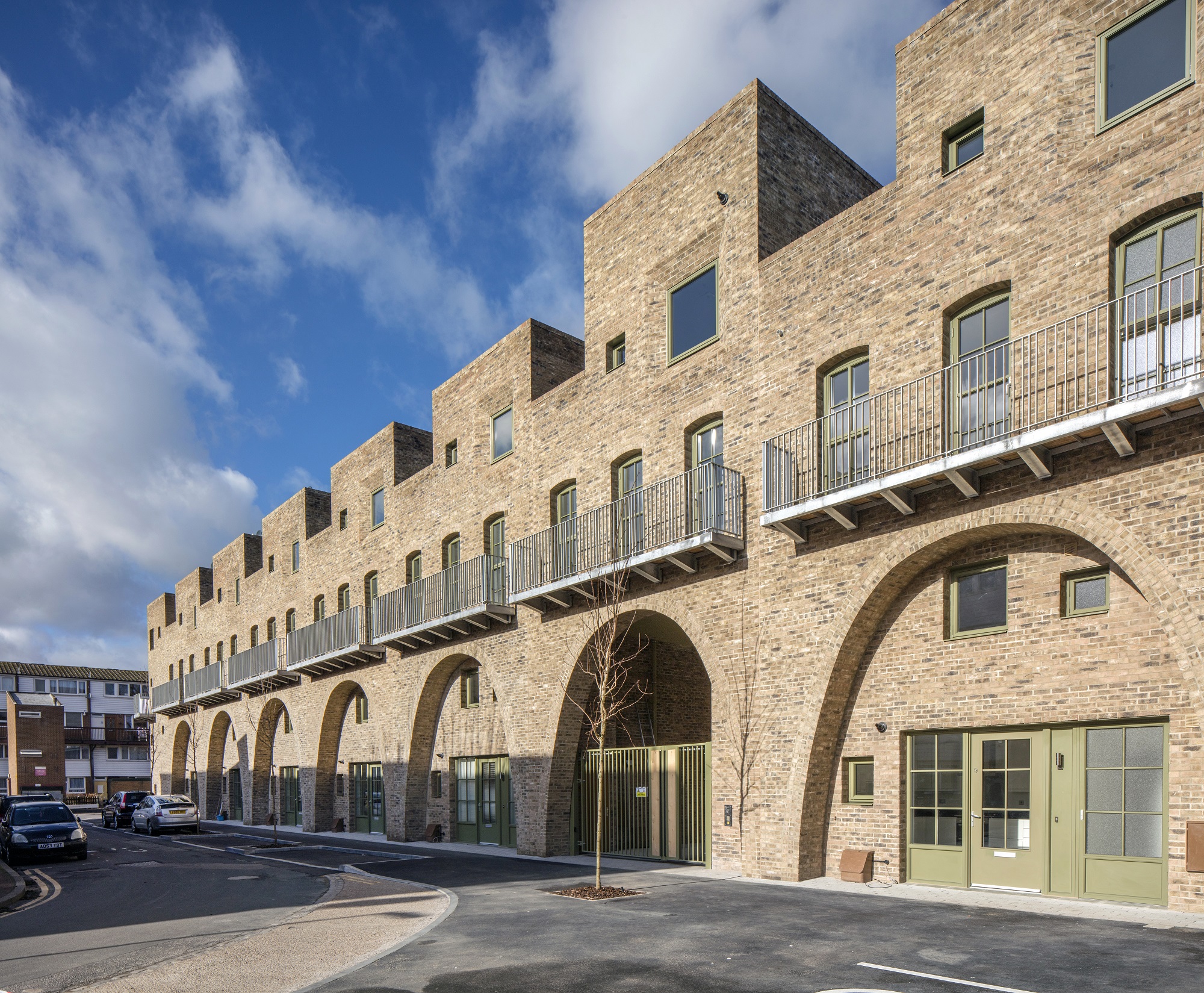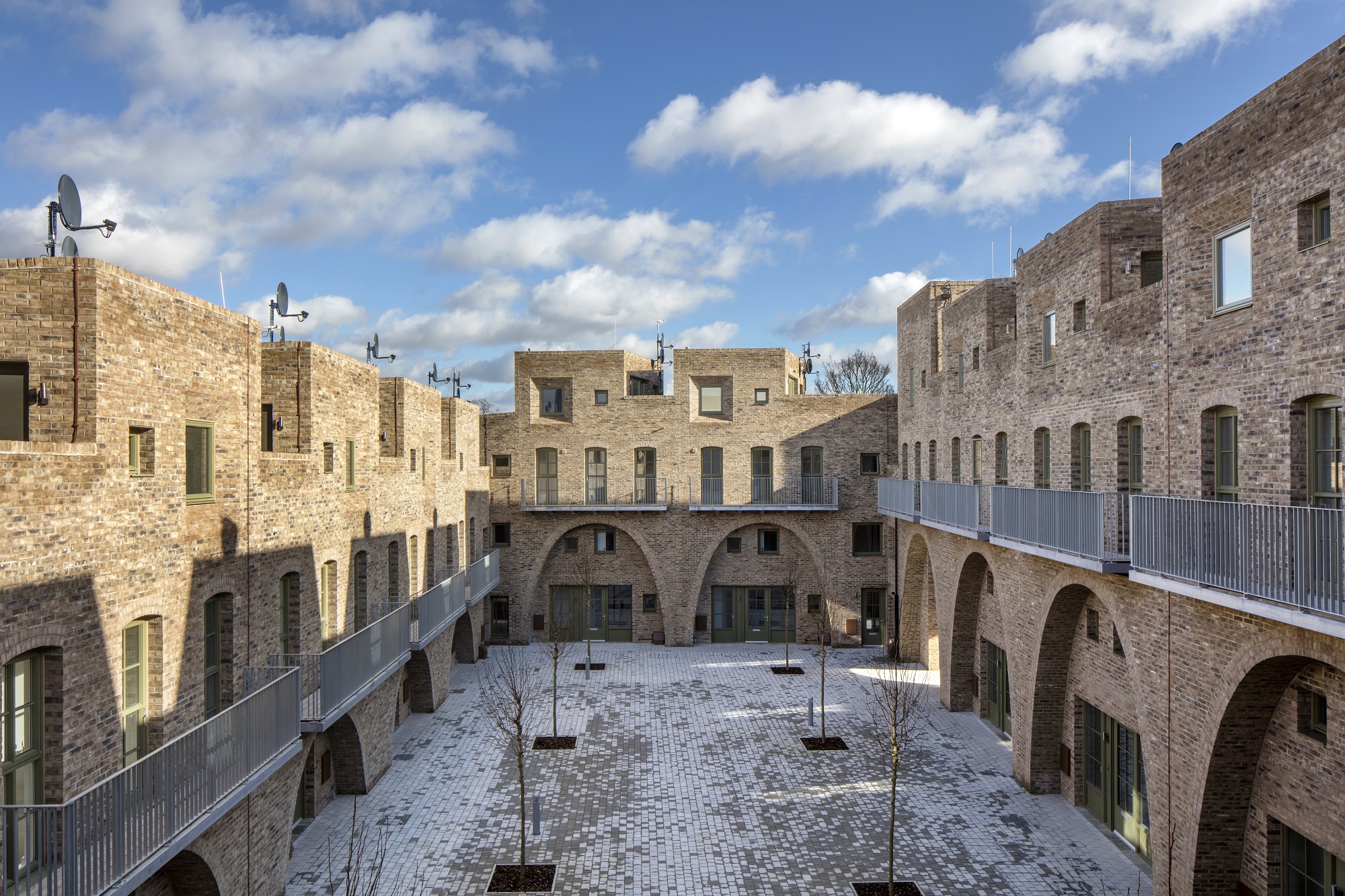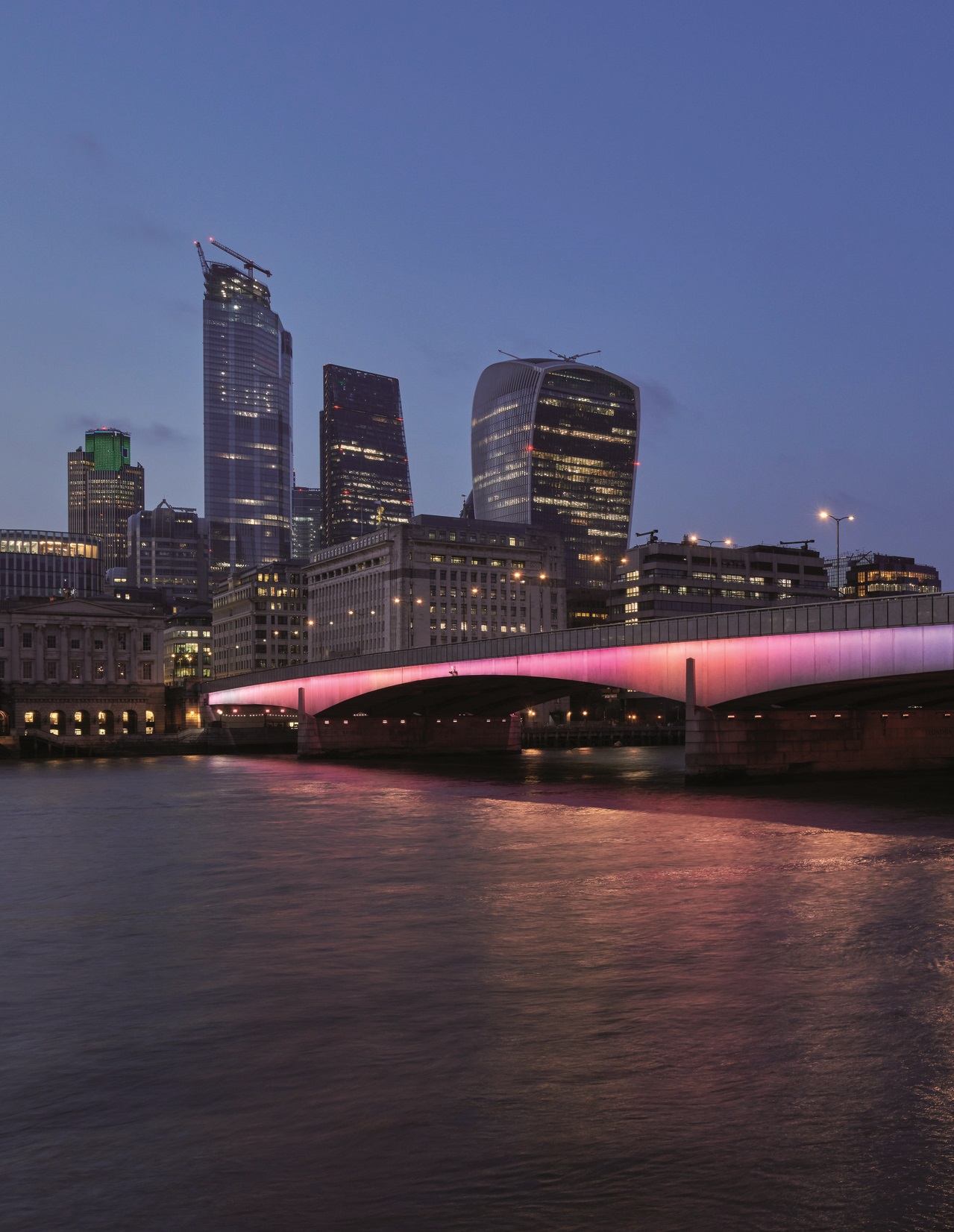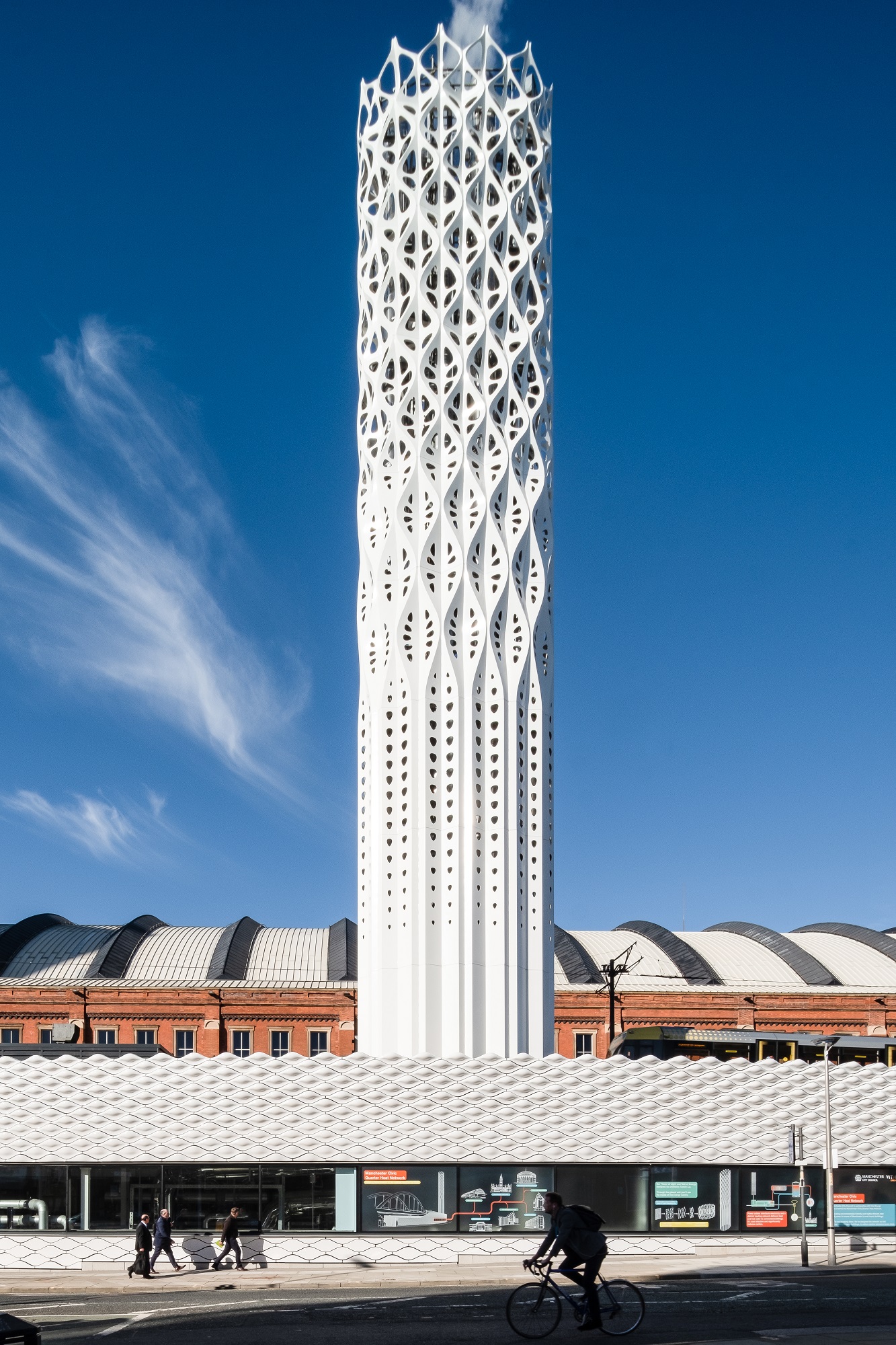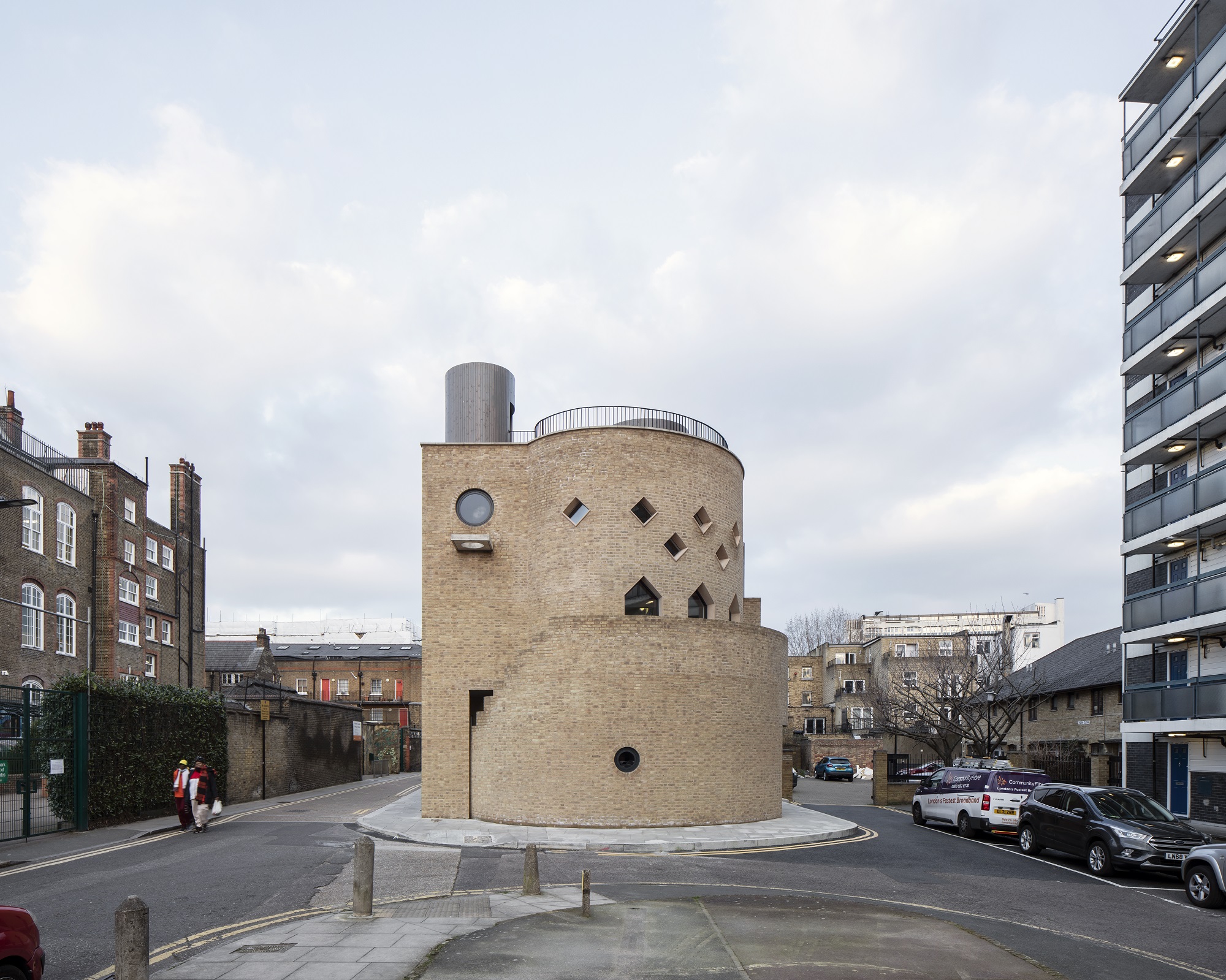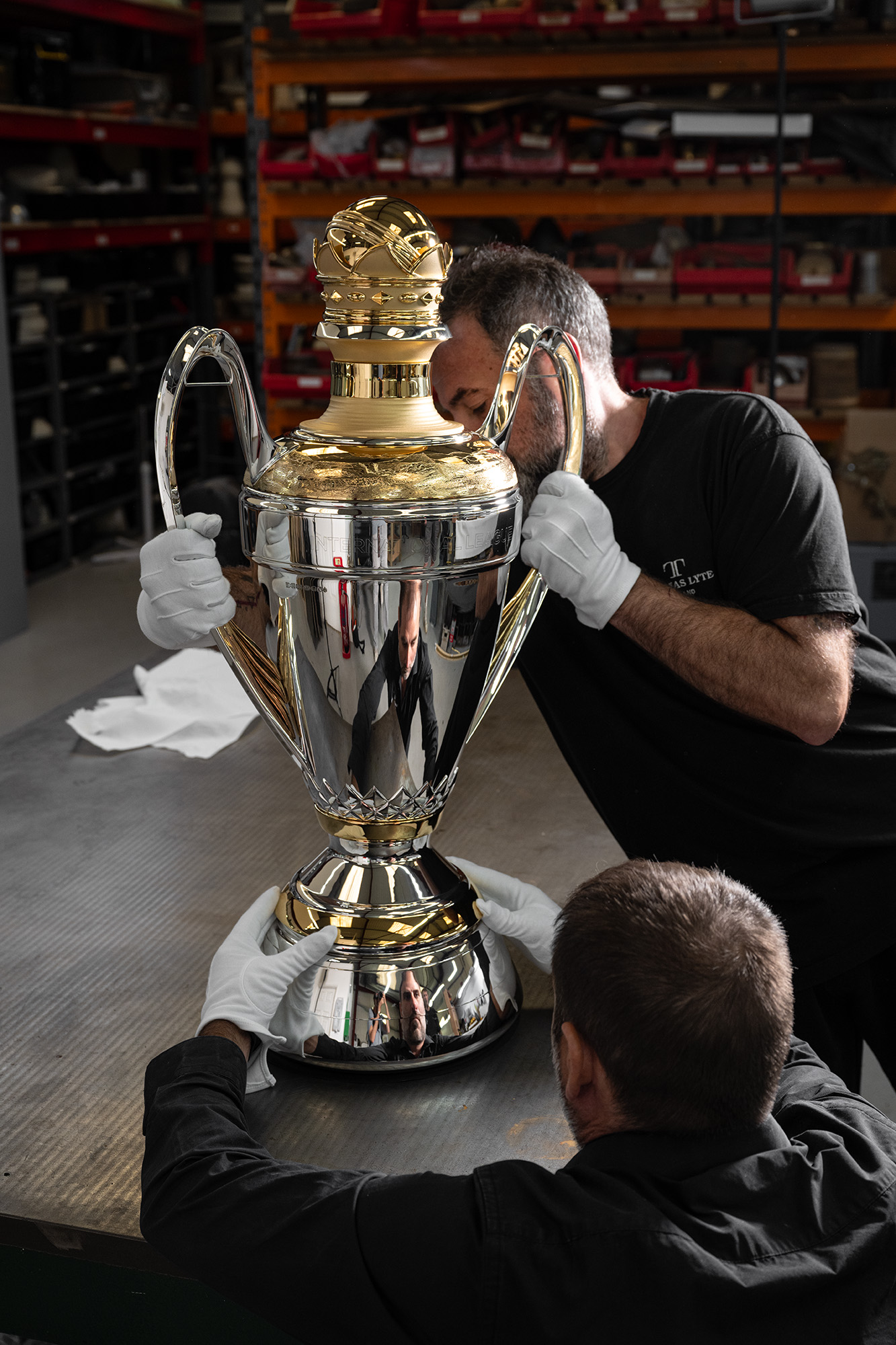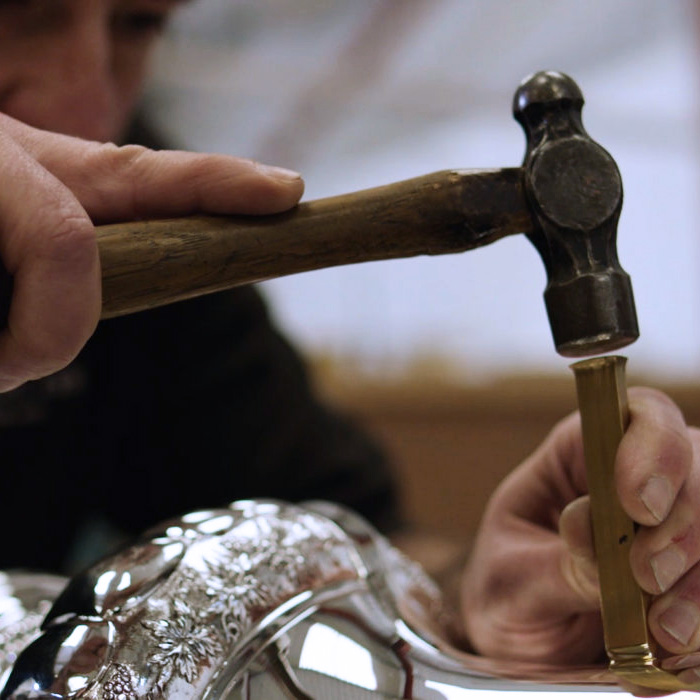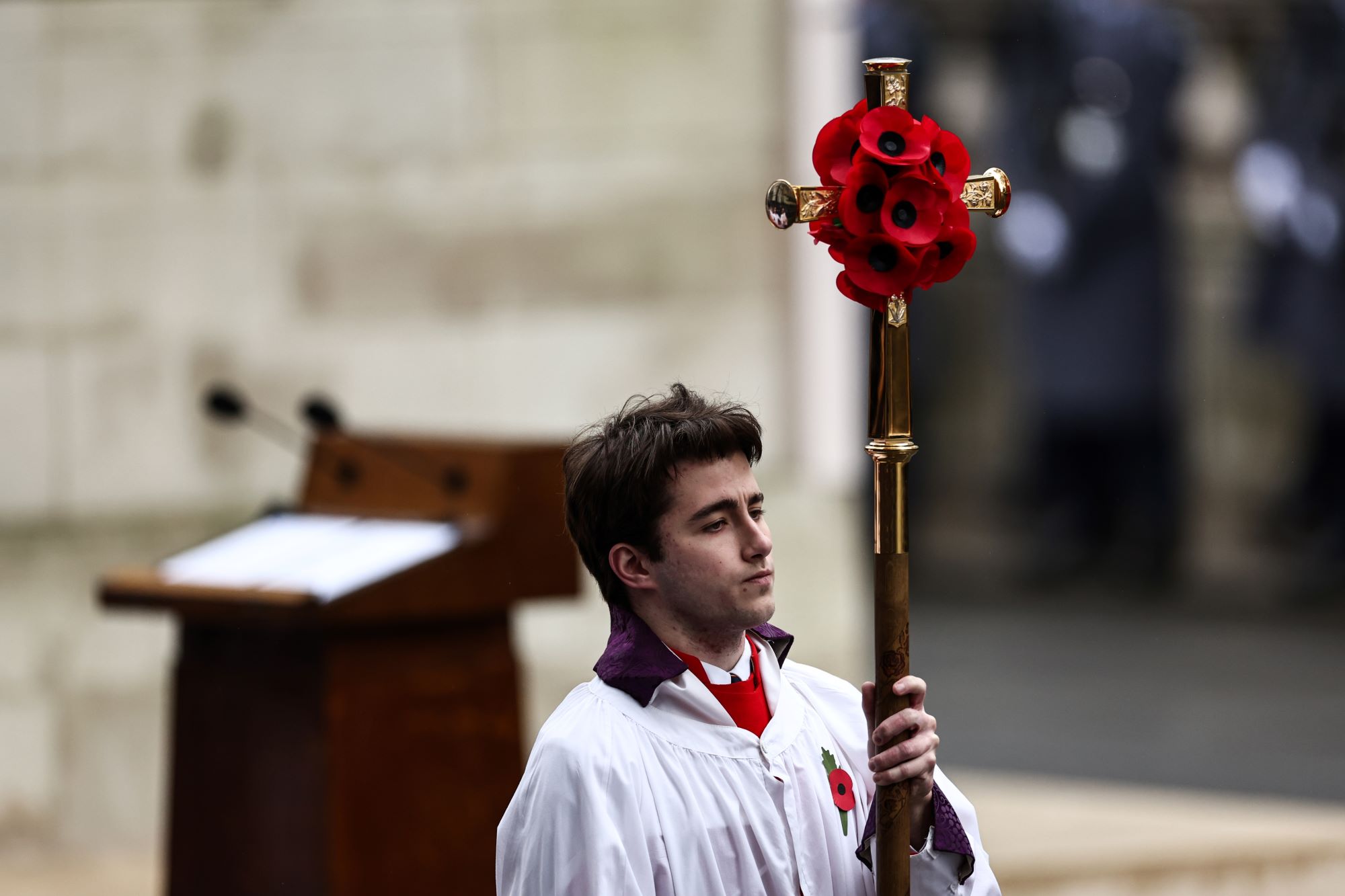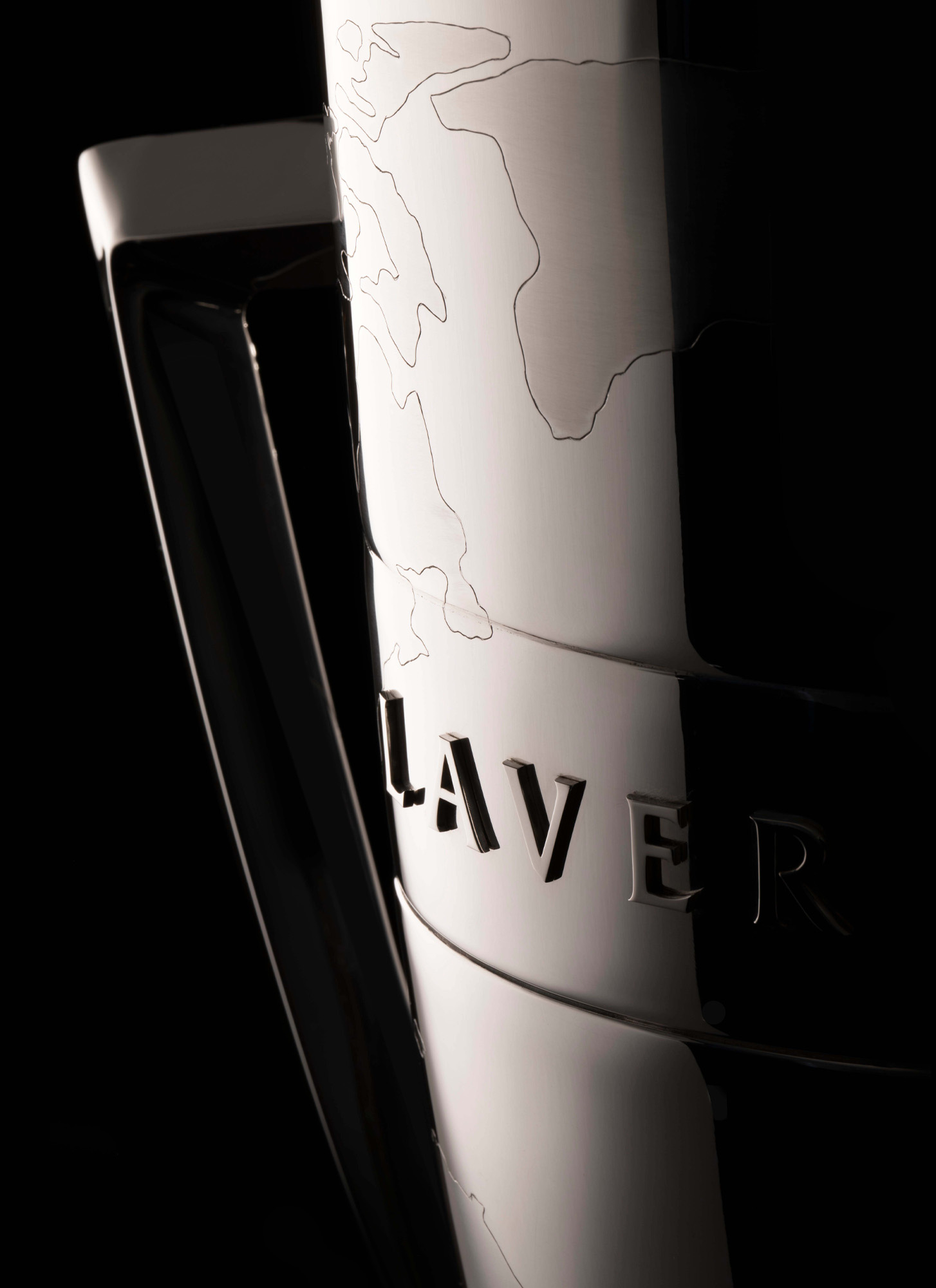Charlotte Metcalf is the Editor of Great British Brands and the co-presenter of Break Out Culture, a weekly podcast with former Minister of Culture, Lord Vaizey. She is also a film-maker, author and journalist. Every week she’ll be reporting on cultural events, exhibitions, fairs and publications that are of interest to the communities of craftsmen we represent and celebrate, with a particular focus on goldsmiths and silversmiths.
.. … .. … .. … .. … .. … .. … .. … ..
Do we need beautiful buildings? The inaugural Building Beauty Awards celebrating the art and craft of architecture
Craftsmen strive for beauty, yet beauty in both art and architecture seems to have all but disappeared. Art has become increasingly conceptual and functionality has long been seen as the modern architect’s principal quest.
Enter the Royal Fine Art Commission Trust, chaired by design guru and co-founder of London’s Design Museum, Stephen Bayley. The Trust is a registered charity with a mission to promote design excellence and public appreciation of architecture with the legendary architect, Norman Foster, at its helm as President.
On Monday, 21st November the Trust held its first-ever Building Beauty Awards, sponsored by property developer Ballymore and fittingly held in the Bloomberg Building, the Stirling Prize-winning building, designed by Lord Foster himself. I was honoured to host the evening.
![baton of hope mike mccarthy recieves baton from Thomas Lyte]() A Symbol of Hope for the UK
A Symbol of Hope for the UK![Designers Makers Of The Queen Elizabeth II Platinum Jubilee Processional Cross 3 1306x1800]() Culture Round-Up: 2022 and the Queen Elizabeth II Processional Cross
Culture Round-Up: 2022 and the Queen Elizabeth II Processional Cross